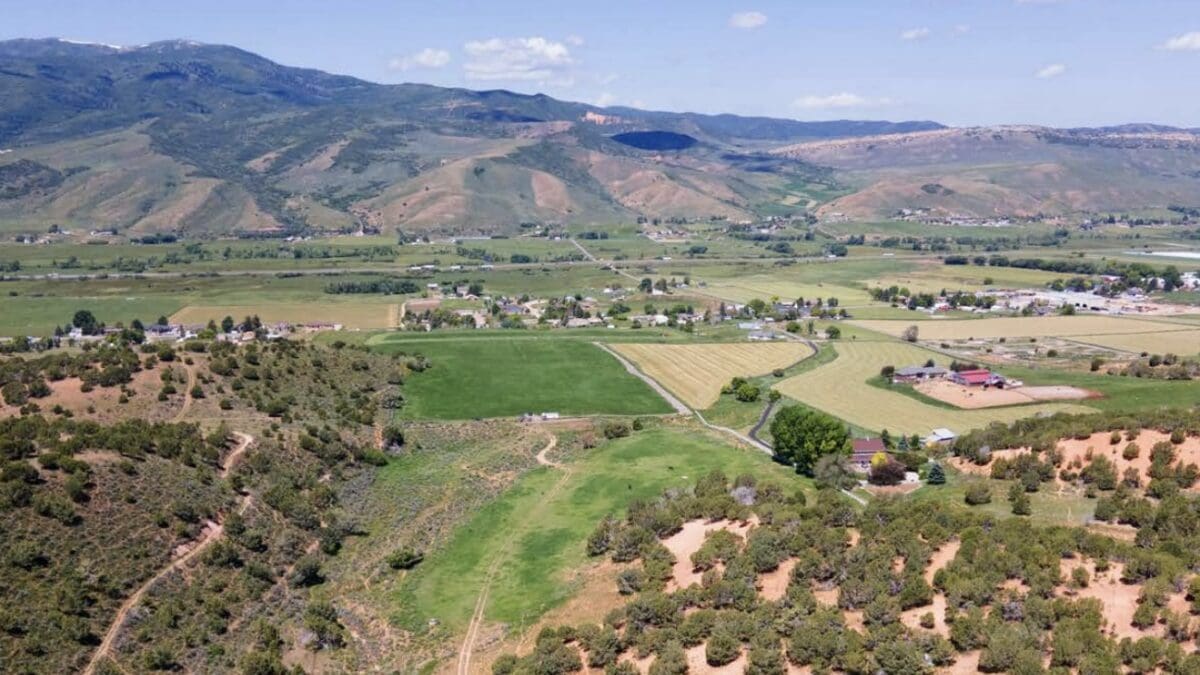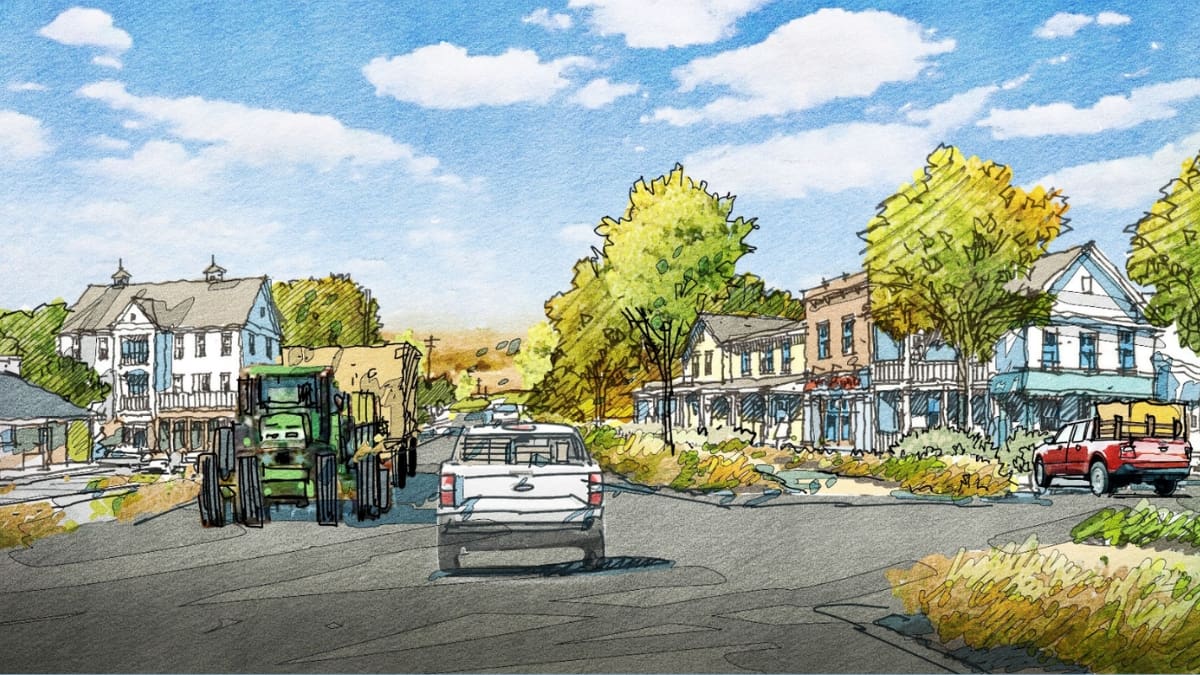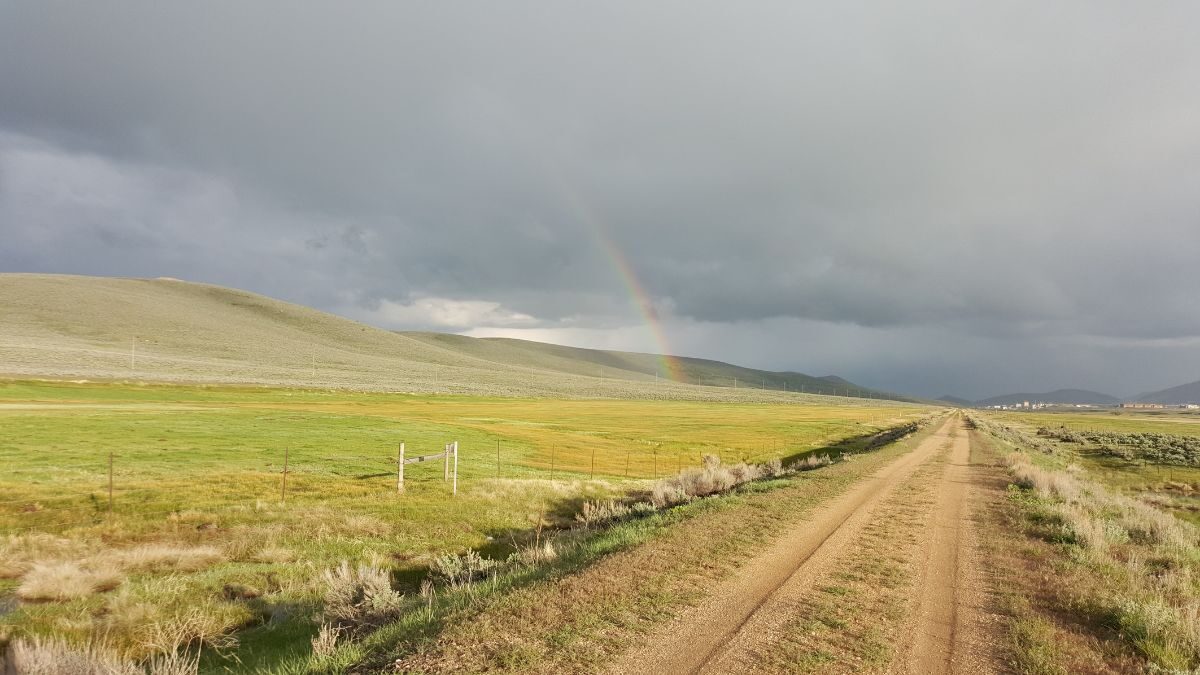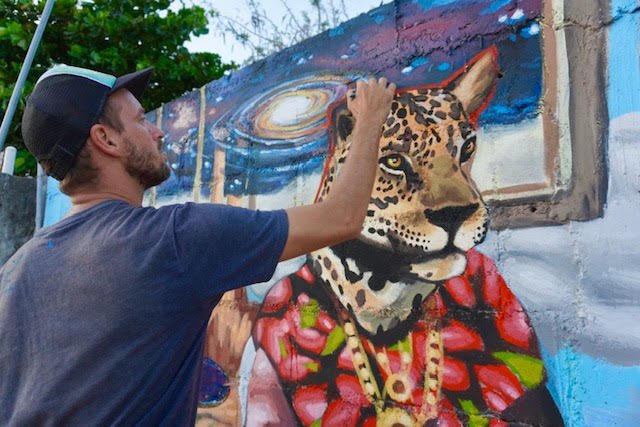Politics
Public Hearing: Major population growth on horizon for Summit County with Hoytsville rezoning proposal
Photo: Public Hearing: Major population growth on horizon for Summit County with Hoytsville rezoning proposal
SUMMIT COUNTY, Utah — The Cedar Crest Village Overlay project, headed by Larry H. Miller Real Estate, seeks to change zoning limits in Hoystville, that would permit 6,688 units being built. According to World Population Review, Utah has the largest average household size in the country of 3.09 people per household. Based on the proposed zoning change, this means that over 20,600 people could end up living in Eastern Summit County if all the land in the proposed rezone is developed.
Here are the estimated population numbers from the 2022 United States Census Bureau:
- Park City – 8,374
- Coalville – 1,524
- Kamas – 2,185
- Francis – 1,722
- Oakley – 1,599
Based on these numbers, the proposed Cedar Crest community could eventually become 2.5 times the population of Park City.
The project is currently in the planning stages, with public meetings scheduled throughout the year to discuss the application. The planning commission meeting tonight is a public hearing to learn and voice thoughts on the project. To submit written comments, please email Lkuhrmeyer@summitcounty.org prior to the meeting.
Top Q&As on the project (full Q&A can be found here as of Jan. 12, 2024)
Q: What is the timing/phasing of the project?
A: “The project will be phased in a way to not exceed the capacities of sewer, water, and transportation infrastructure.”
Q: What is the maximum number of potential houses based on the proposed density?
A: “The ordinance contemplates 4 units per gross acre, which, if every area was built out at the maximum place type densities, would result in 6,688 units. This calculation does not account for any natural land constraints or market conditions. Specific development plans will further refine the total number of units and a development agreement specific to the land and based on the guiding principles and design standards in the Cedar Crest Village Ordinance. These constraints will result in far fewer developed homes. The 4 units per acre in the current ordinance is down 20% from the original 5 units per acre as approved by the Cedar Crest Subcommittee.”
Q: Have discussions been held with the Utah Department of Transportation?
A: “The Hoytsville interchange was added to Utah’s Unified Transportation Plan 2023-2050 as a future project under a Phase 3 Need.”
Q: What is the impact on other communities, and how will it be mitigated?
A: “The project access is generally through Wanship and Coalville, and traffic will flow through each of those communities until the interchange is completed. Mitigating measures are spelled out in the traffic impact report, including expanding turn lanes and adding a signal at Coalville Main Street when volumes reach almost 900 units. As the county has designated this as an area where growth should occur, the project allows other areas of the county to be preserved.”
Q: How much affordable housing is proposed? How will it be kept affordable long-term?
A: “Affordable housing requires a multi-faceted approach and public-private cooperation and partnerships. While inclusionary zoning has been prohibited by the state, the team of Ivory Homes and Larry H. Miller Real Estate continue to discuss options with county staff, Habitat for Humanity, and Mountainlands Community Trust. The variety of housing types as contemplated in the Cedar Crest plan creates greater housing opportunities and price points to meet a broad spectrum of home buyers and renters.”
Q: How will wildlife and wildlife corridors be protected?
A: “The Division of Wildlife Resources (DWR) has mapped wildlife corridors based on low, medium, and high use. The Cedar Crest area corridors are designated as low use areas. Much of the property will remain native, allowing for the movement of wildlife. The formation of greenspace corridors will allow the movement of wildlife through the project.”
History of the Cedar Crest Village Overlay
The Cedar Crest Village Overlay project was initiated by the Cedar Crest Overlay Committee, which is made up of community stakeholders, local landowners and members of the Eastern Summit County Planning Commission.
The current plan shows construction taking place on nearly 1,000 acres of land, with 60% of the community set aside for open space, including scenic view corridors, agricultural buffer areas, natural resources, groundwater, waterways and wetlands. The Draft Ordinance and Development Standards states its goal is “delivering housing types that accommodate a full range of resident life cycle, lifestyles, and price points.” The project also includes plans for community workshops, a library and a performance venue.
Project timeline
“The project will develop over an extended period of time as dictated by infrastructure and market conditions,” states a Q & A document on the Cedar Crest Hoystville site. “Full buildout of the project could take over 20 years.”
Visit Summit County’s Cedar Crest page for a tentative schedule of all upcoming public meeting dates.
Tonight’s meeting
Tonight’s meeting starts at 6 p.m. and is located at The Ledges Center, 202 Park Road, Coalville, or join the meeting via Zoom. To listen by phone, dial: +1 301-715-8592; Webinar ID: 992 4902 6124.
The public may review the Cedar Crest Overlay Draft Ordinance and Development Standards and the Draft Utility Summary, as well as the notes from the Cedar Crest Village Planning Commission Work Session in October 2023.














